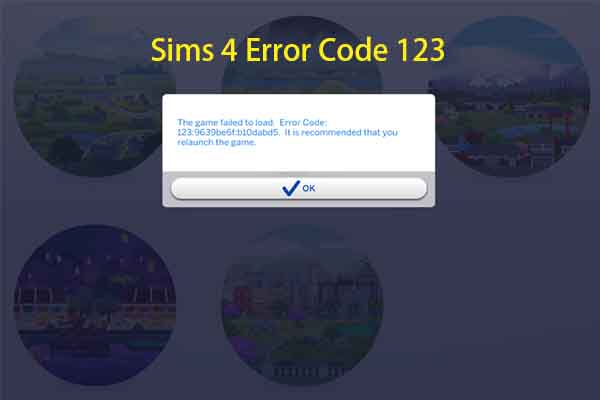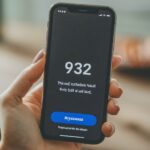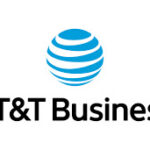The search term Area Code 123 refers to an invalid and unassigned three-digit code within the North American Numbering Plan (NANP), which includes the United States and Canada.
This area code does not correspond to any geographic location, state, or city. Numbers beginning with 123 as the area code are universally blocked by the telephone system because they violate the fundamental rules of the NANP. If you receive a call from a number that displays 123 as the area code (e.g., 1-123-XXX-XXXX), it is an outright scam using illegal caller ID spoofing.
This article details why Area Code 123 is invalid, explains the high scam risk, and provides clear steps to protect yourself.

The Status of Area Code 123
The code 123 is deemed invalid based on the original structure of the NANP, designed for mechanical and then electronic switching systems.
NANP Rules for Valid Area Codes
The North American Numbering Plan imposes restrictions on which number combinations can be used as three-digit area codes (NPAs).
| Rule | Area Code Format | Status of 123 |
| First Digit (N) | Must be any digit from 2 to 9. | Valid (1): The prefix 1 is typically reserved as a trunk code for long-distance within the NANP. |
| Second Digit (X) | Must be 0 or 1 for legacy NPA codes, or 2 through 8 for newer codes. | Invalid (2): Codes starting with ‘1’ followed by a digit other than 0 or 1 (like 12X) are part of an invalid block. |
| Third Digit (X) | Must be any digit from 0 to 9. |
Conclusion: Area codes beginning with a ‘1’ followed by a digit other than 0 or 1, like 123, are explicitly invalid in the NANP. When a system receives a number starting with this sequence, it knows immediately that the number cannot be assigned to a standard geographic region.
High Scam Risk: The Spoofed 123 Area Code
Since Area Code 123 is guaranteed to be a non-working number, its only appearance on your phone is as a result of fraudulent activity.
The Purpose of Spoofing 123
Scammers use invalid codes like 123 to:
- Evade Regulatory Tracing: The non-existent area code prevents law enforcement and regulators from easily tracing the number to a legitimate carrier or location.
- Bypass Basic Filters: While some sophisticated filters block common spam codes, the constant rotation of new invalid codes, such as 123, helps scammers sneak past basic blocking mechanisms.
The Scam Warning
Any call from a 123 area code is a scam. The caller will likely attempt the same tactics used with other spoofed numbers: claiming to be from the IRS, offering a reduced interest rate, or warning of a family emergency, all to steal your personal or financial information.
Actionable Steps: How to Handle Calls from 123
If your phone rings and displays a number beginning with 1-123-XXX-XXXX, your safety steps are clear:
- Do Not Answer: Never answer a call from a number you do not recognize. Answering verifies that your number is active and encourages future unwanted calls.
- Do Not Call Back: Do not attempt to return the call. The number is invalid and may trigger an error tone, but it confirms your interest to the scammer.
- Block the Number: Immediately use your mobile phone’s built-in feature to block the number.
- Report the Call: Report the suspicious call to your mobile carrier and the Federal Trade Commission (FTC) at ftc.gov.
Frequently Asked Questions
Is Area Code 123 used in Canada?
No. Canada shares the same North American Numbering Plan (+1) as the United States and adheres to the same rules regarding valid area code structures. The 123 area code is invalid in all NANP territories.
Are there any other invalid area codes I should watch out for?
Yes. Any three-digit code that has not been officially assigned to a region (like 750 or 451, which are currently reserved but inactive) should be treated with caution. Also, any code where the second and third digits are the same (like 773) is often restricted or invalid for certain uses, while the sequence 555 is largely reserved for fictional use in media. The general rule is: If you don’t recognize the number, don’t answer.
Why does my phone keep getting calls from my own area code (Neighbor Spoofing)?
This is a tactic called “Neighbor Spoofing.” Scammers use a real, local area code and prefix (like your own) to trick you into thinking the call is coming from a nearby person or business, increasing the likelihood that you will answer. You should treat unknown calls, even if they look local, as potential scams.
Conclusion
The Area Code 123 is a clear indicator of a fraudulent call. This code is invalid across the entire North American continent. Your strongest defense against scams is vigilance: never answer or call back any number beginning with 123, and use available tools to block and report the activity.


